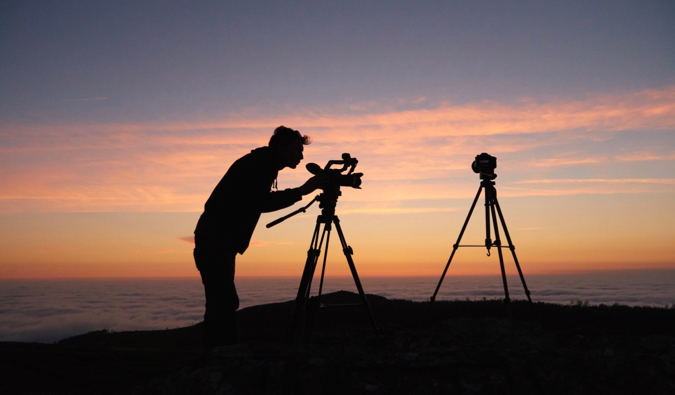In the realm of visual storytelling, a photograph has the power to captivate, inspire, and evoke emotions. Behind every stunning image lies a careful composition that incorporates four essential elements. Understanding and mastering these elements will enable photographers to create compelling and unforgettable photographs. In this article, we will delve into the intricacies of these elements, exploring their significance and how they contribute to the art of photography.
- Composition:
Composition is the foundation upon which a photograph is built. It involves arranging the visual elements within the frame to create a harmonious and visually pleasing image. A well-composed photograph guides the viewer's eye, leading them through the scene and highlighting the main subject. Techniques such as the rule of thirds, leading lines, and symmetry aid in creating a balanced composition that engages the viewer and enhances the overall impact of the photograph. - Lighting:
Lighting is the lifeblood of photography, as it shapes the mood, atmosphere, and overall quality of an image. Understanding how different lighting conditions affect a subject is crucial for capturing its true essence. Whether it's the soft, diffused light of a cloudy day or the dramatic interplay of light and shadow during golden hour, mastering lighting techniques allows photographers to create depth, texture, and dimension in their photographs. Experimenting with natural and artificial light sources, as well as understanding how to manipulate light, enables photographers to evoke specific emotions and enhance the visual impact of their work. - Focus and Depth of Field:
Selective focus and depth of field play a pivotal role in directing the viewer's attention and creating visual interest within a photograph. By controlling what is in focus and what is not, photographers can emphasize the main subject while creating a pleasing blur or bokeh effect in the background. Understanding the relationship between aperture, focal length, and distance to the subject enables photographers to achieve the desired depth of field, whether it's a shallow depth for isolating a subject or a deep depth for capturing a sweeping landscape. Mastering focus and depth of field empowers photographers to tell stories and evoke emotions through their selective use of sharpness and blur. - Storytelling:
A good photograph tells a story, evoking emotions and inviting the viewer to engage with the image on a deeper level. The ability to convey a narrative through a single frame requires careful consideration of the subject, composition, lighting, and timing. Photographers must strive to capture the decisive moment, freezing a fleeting expression or action that encapsulates the essence of the story they wish to tell. By infusing their photographs with emotion, meaning, and a unique perspective, photographers can create images that resonate with viewers and leave a lasting impression.
Conclusion:
Mastering the art of photography involves a deep understanding and skillful application of the four essential elements: composition, lighting, focus and depth of field, and storytelling. By honing these elements, photographers can elevate their work from mere snapshots to captivating visual stories. Embrace the power of these elements, and let your photographs speak volumes, leaving an indelible mark on the hearts and minds of viewers.

